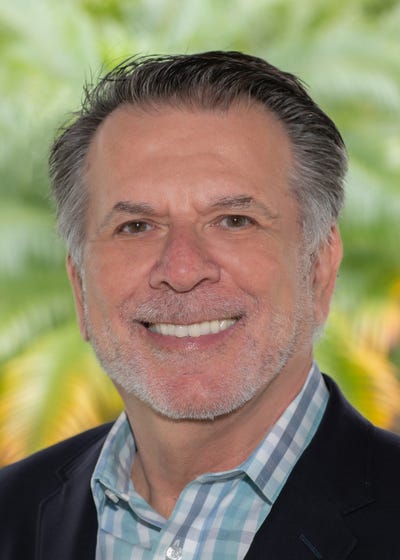Can RPAs Survive Without Wealth Management?Can RPAs Survive Without Wealth Management?
And should RIAs be looking at DC plans?

At an industry conference this week, an elite retirement plan advisor seemed shocked when I described how one large RPA aggregator firm is deeply discounting its plan fees because it is making so much servicing participants. The plan fees were $35,000 for a $350 million DC plan.
“That kind of pricing degrades what they do,” said the RPA. “They must be insane!”
Maybe. But it is the largest and most successful RPA firm in the country and all the other aggregators are scrambling to catch up.
At the March 2018 RPA Aggregator Roundtable, I asked whether independent RPAs can survive if they do not join an aggregator. I was surprised to hear them say “yes” but with a caveat—it will be hard to grow.
As the Triple F plan level fees decline for RPAs driven by larger, national firms with enormous resources and a local presence and the need by employers to not just beef up their retirement benefits to recruit and retain workers but also offer other financial benefits at work, RPAs that do not pivot to wealth management will have a hard time growing even if they are able to survive based on relationships.
Some of the aggregators affiliated with P&C and benefit shops can offer discounts on retirement plans because they can make it up on other services, but value based on better pricing will only go so far.
All of which got me to thinking of how retirement and wealth management got so siloed. “Retirement is wealth,” commented Dick Darian, aka Wise Rhino. “It always has been.”
Before DC plans got popular in the 1990s when mutual fund companies like Fidelity, American Funds, MFS and Putnam entered the market, retirement savings for most people were a combination of defined benefits, Social Security and personal savings that included their house. Advisors focused on managing personal assets.
DC plans offered intriguing opportunities with larger pools of assets held by less sophisticated investors with rich commissions. Just a few RPAs were cultivated by DC mutual fund wholesalers, which has grown into almost 25,000 RPAs with more than 50% of DC revenue.
Until relatively recently, most RPAs eschewed working with participants because of perceived conflicts of interest and the lack of experience or resources to do so efficiently. And most RIAs, broker/dealers and wealth managers see lots of assets and liability but little revenue and profit—not seeing the potential to more effectively mine for wealth management clients and leverage the incredible access to 90 million participants in DC plans.
So while we are waiting to see if the Creative Planning acquisition of Lockton’s retirement division wakes up other RIA aggregators and smaller firms, the success of Captrust in leveraging its huge DC practice to more efficiently find wealth management clients has the RPA aggregators on edge. And if aggregators are concerned, smaller firms should take heed.
The unlocked potential to find wealthy clients within DC plans and ultimately engage the 97% through a new business model leveraging wealth tech, data and financial coaches, can no longer be ignored. And RPAs that stay in their lane will be viewed as less valuable to employers than those that provide participant services integrating wealth, retirement and benefits.
We need to rejoin wealth and retirement—their separation was and is artificial. Every RIA provides retirement planning for individual clients and every RPA needs to incorporate wealth management and financial planning into their practices either alone or through partnerships even if by just starting with mining for the 3% while we wait for a solution for the rest.
Which is a fact not lost on most RPA aggregators who are now in the same position as independent RPAs. Their private equity partners are looking for the kind of growth that can come not just from scale and selling more plans but also from participant services. Otherwise, these aggregators turn from hunters into prey.
Fred Barstein is founder and CEO of TRAU, TPSU and 401kTV.
About the Author
You May Also Like







